The map below illustrates where frequent transit and shuttles will be prioritized in the next 20 years.
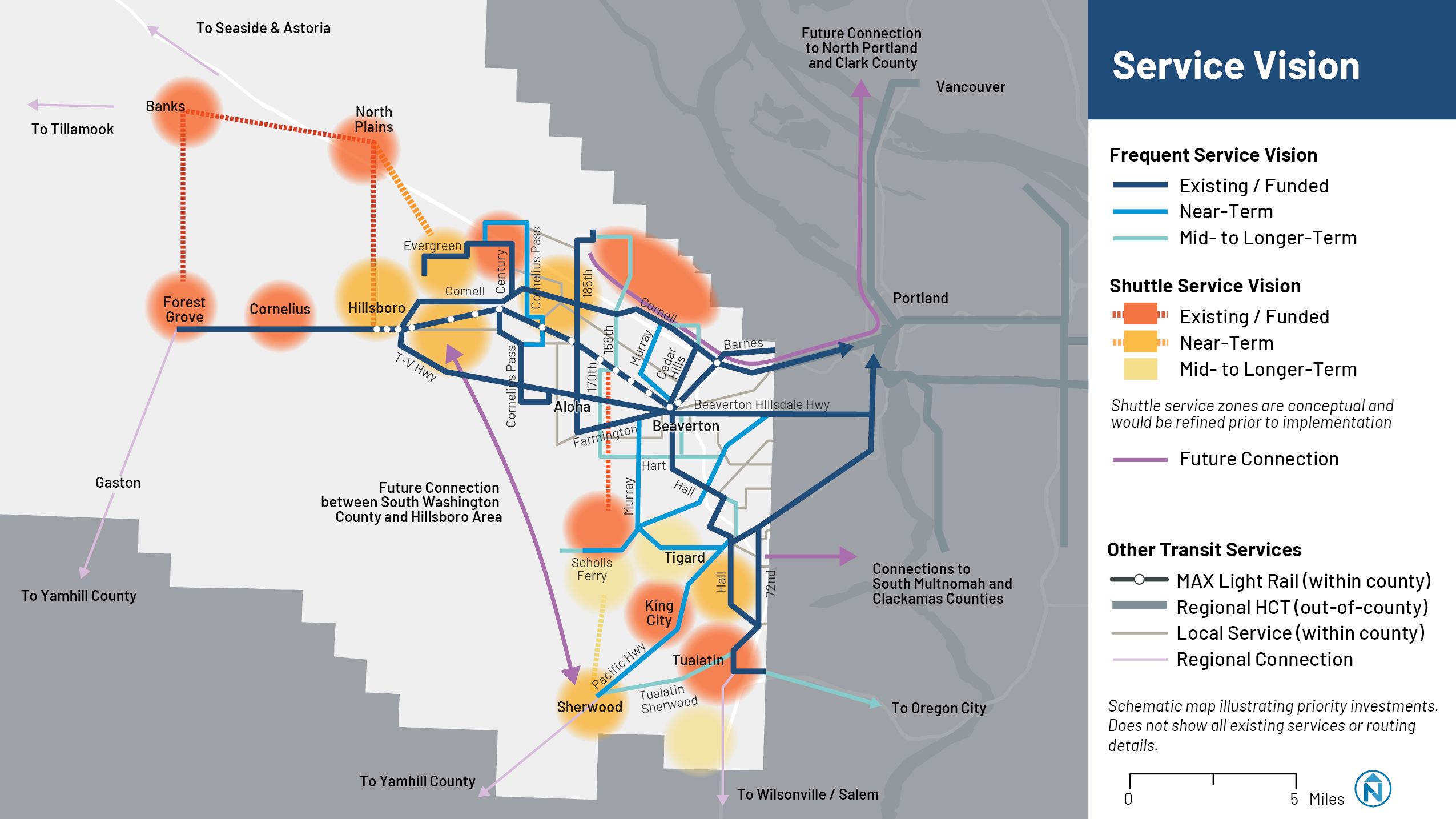
The map below illustrates where high capacity transit and intersection improvements will be prioritized in the county to improve transit reliability.
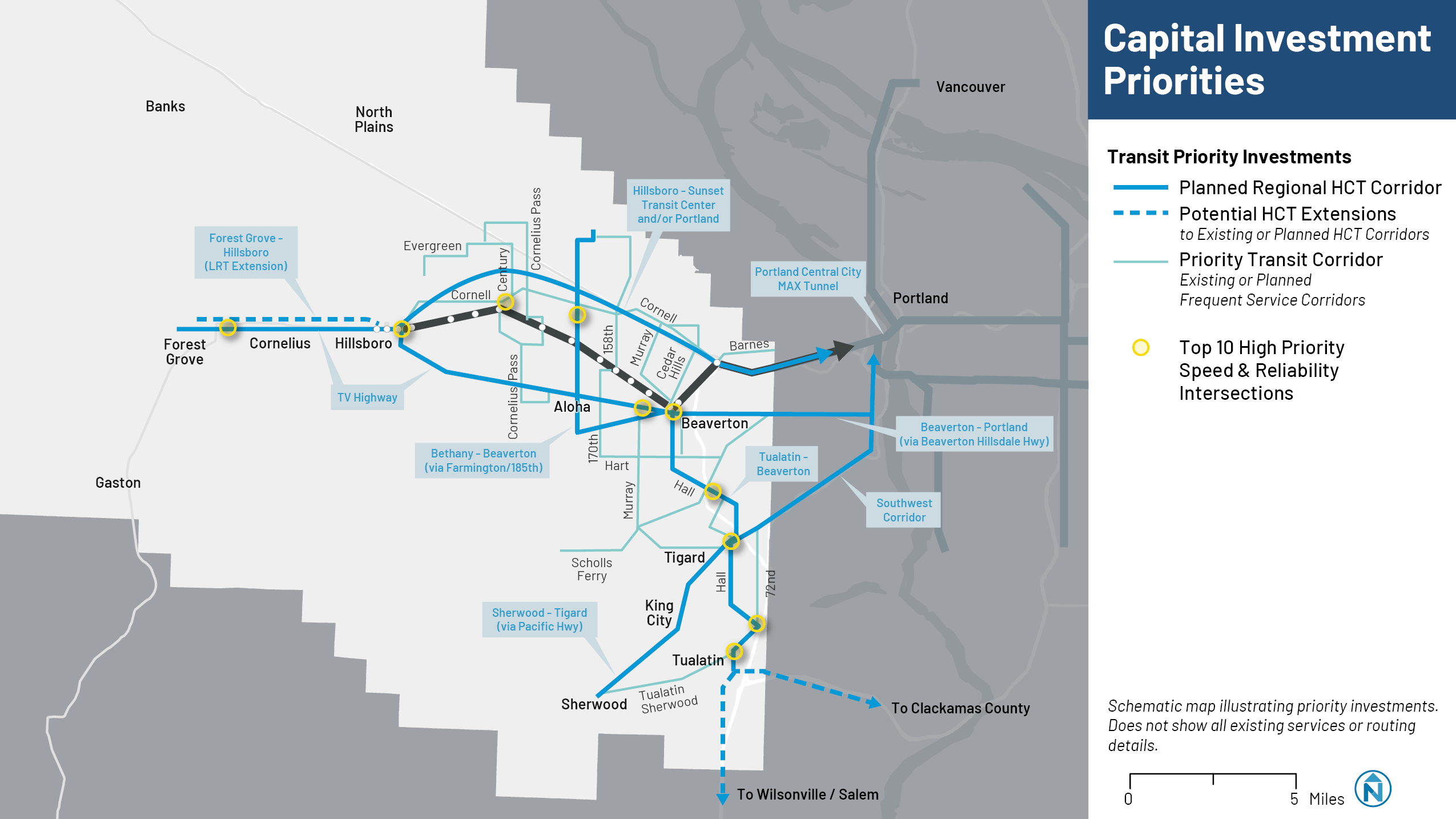
Our recommendations provide guidance for transit improvements in the next 20 years.
Priority HCT corridors include:
Washington County and its partners seek to build out the frequent service grid over the next 20 years.
The Vision for Transit builds on the successful partnerships among Washington County, TriMet and Ride Connection to expand use of shuttles and community connectors to additional service areas.
Bus travel times need to be fast and reliable so people can use transit for everyday trips - getting to work and school, running errands, and picking up children from childcare. Local jurisdictions who manages roads and traffic signals play an important role in making improvements on streets to help buses run faster and more reliably. Small improvements along a bus route can help riders save time.
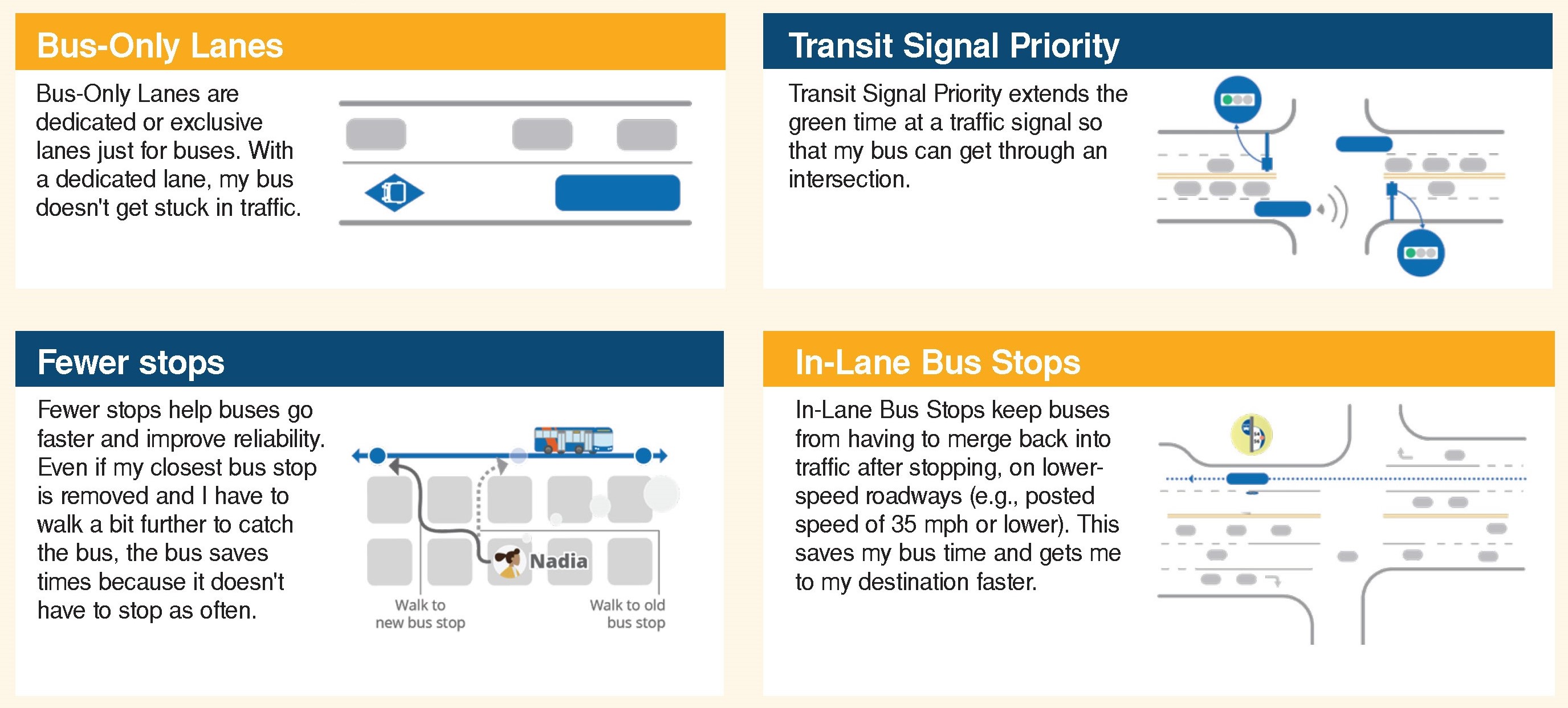
Local jurisdictions can coordinate development projects with transit stop improvements so all stops and stations are accessible, safe and welcoming. The Vision for Transit recommends “mobility hubs” which connect transit riders to nearby neighborhoods with safe bicycle and pedestrian amenities. Mobility hubs help riders make seamless connections across the region.
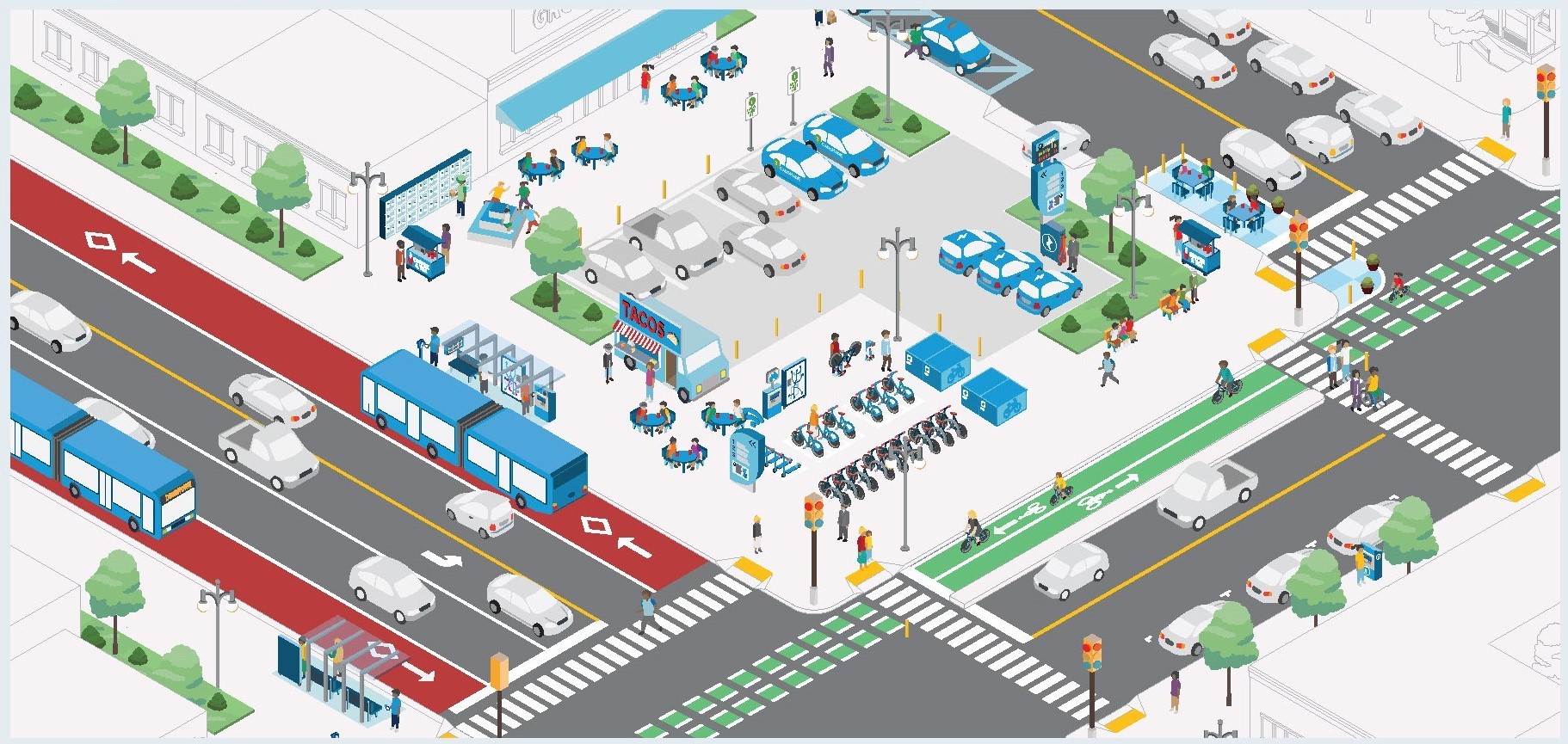
All transit trips begin and end with a pedestrian trip. Safe and comfortable sidewalks and pedestrian conditions improve transit ridership. Well-lit, ADA-accessible sidewalks separated from roads and frequent well-marked crosswalks improve the safety and experience of everyone, especially older adults and those using mobility devices. Jurisdictions can implement strategies to improve safe access to transit.
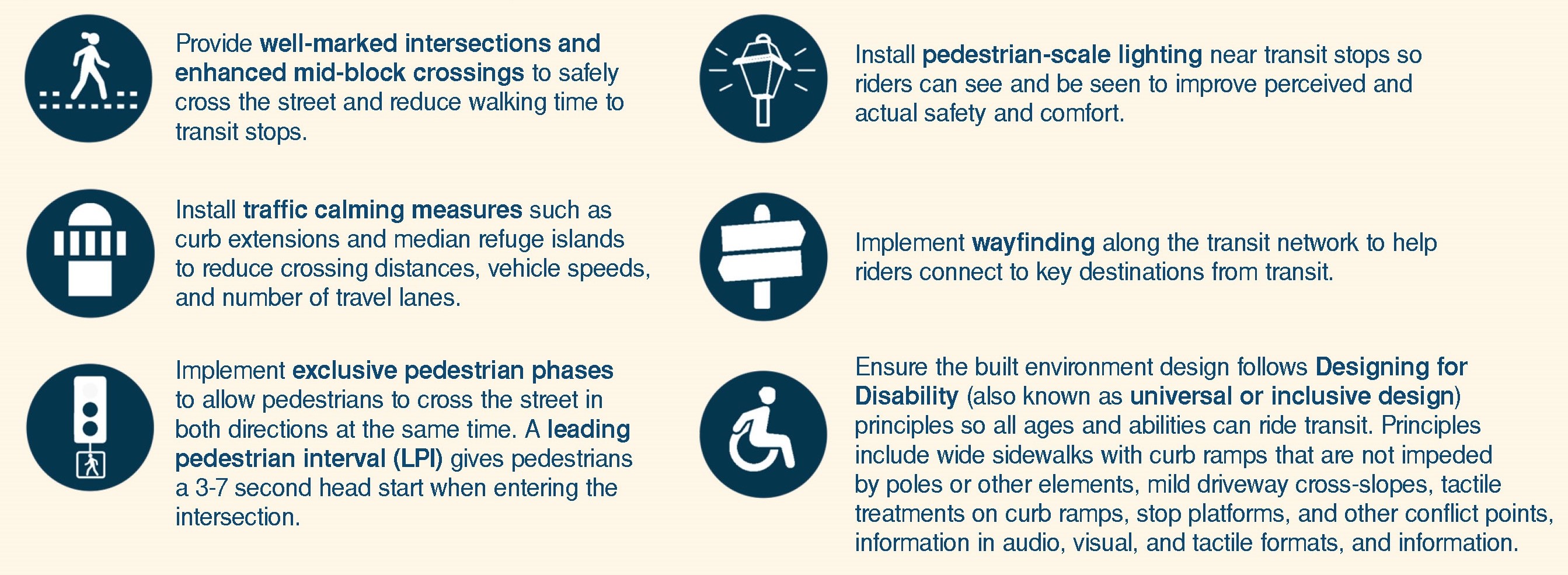
Attractive and convenient transit service is not just about how often the bus arrives and where it goes. It also depends on the attractiveness of the street, the concentration and mix of land uses, a connected street network and safe and convenient crossings that allow bicyclists and pedestrians to easily and safely access transit service. Local jurisdictions play a critical role in designing streets and focusing development in areas that are or can be well-served by transit.
Strong partnerships with transit providers, jurisdictions, Washington County and private partners are needed to implement the Vision for Transit recommendations. More – or redirected – funding will be needed to improve service and the supportive elements that improve the transit experience.
Statewide conversations about funding to improve transit and reduce vehicle congestion present opportunities for Washington County and cities to realize the Vision for Transit.